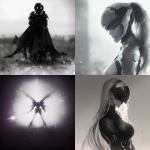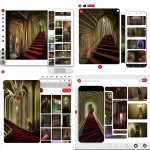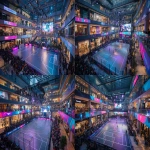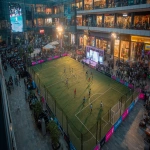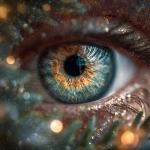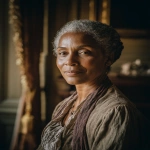Explore the Best AI Image Gallery
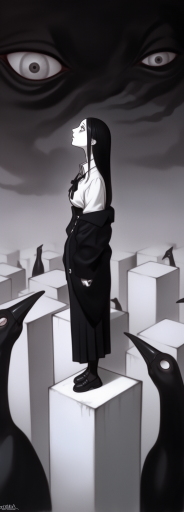
The Convergence of Art and AI: A New Frontier in Creativity
As technology continues to evolve, the world of art is undergoing a seismic shift with the rise of AI-generated images. These innovations are not just tools for creation; they are influencing the very essence of creativity itself, leading to a dialogue that questions the definitions of authorship and originality. This post will explore the profound impact of AI in the creative industry, its potential applications, important ethical considerations, and the trends that will shape the future of artistic expression.
The Impact of AI on the Creative Industry
AI-generated images have transformed traditional artistic practices across various mediums, including painting, photography, and digital art. Artists are using AI algorithms to produce works that can reflect personal styles or create entirely new aesthetic experiences. By collaborating with AI, creatives can push the boundaries of their capabilities and iterate ideas much more rapidly than before.
Moreover, industries such as advertising, gaming, and fashion have begun incorporating AI-generated images into their workflows to enhance visual narratives. For instance, brands can quickly generate visuals for marketing campaigns that resonate with target audiences, resulting in more compelling promotional materials.
Potential Uses of AI-Generated Images
The applications of AI-generated images are vast and varied. Here are a few noteworthy examples:
- Concept Art and Storyboarding: AI can assist in generating concept art for films and video games, allowing designers to visualize complex ideas and expedite the pre-production process.
- Personalization: E-commerce platforms utilize AI art generators to create personalized product images based on consumer data, enhancing customer engagement.
- Virtual Reality (VR) and Augmented Reality (AR): AI-generated imagery can enhance immersive experiences, enabling artists to build intricate virtual worlds that captivate users.
- Art Therapy: AI-generated art can play a role in therapeutic settings, allowing individuals to interact creatively in ways that may reduce anxiety and improve mental health.
Ethical Considerations
While the rise of AI-generated images offers exciting possibilities, it also raises complex ethical questions. Who owns AI-generated art? If an algorithm creates a work, is the programmer the artist, or does credit go to the AI itself? Moreover, the potential for deepfakes and manipulative imagery complicates the distinction between reality and artificial creation.
Another pressing concern is the potential displacement of human artists. As AI continues to improve, will it render traditional creative professions obsolete, or will it serve as a complementary tool that enhances human ingenuity? Artists and technologists are engaged in ongoing discussions about how to balance these advancements with respect for artistic integrity.
Future Trends in AI and Art
The future of AI in the art world is ripe with opportunity and innovation. Here are some trends to watch:
- Collaborative Works: Expect to see more artists collaborating with AI tools to create hybrid pieces that merge human creativity with machine learning.
- Enhanced Tools: As AI technology continues to advance, tools will become more sophisticated, enabling artists to achieve results that were previously unattainable.
- AI as an Art Critic: Algorithms could begin to assess and critique artwork, providing new perspectives on value, aesthetics, and creativity, challenging traditional views in art theory.
- Accessibility: AI-generated tools can democratize art creation, allowing more individuals to express themselves creatively, regardless of their artistic background or skills.
In conclusion, the intersection of AI and art marks an exciting yet complex evolution in our understanding of creativity. As we move forward, societies must engage in thoughtful discourse about the roles of technology in artistic expression, ensuring that innovation enhances, rather than undermines, the integrity of human creativity. The convergence of AI and art is not a replacement for traditional techniques, but rather a new frontier that invites both artists and audiences to rethink the possibilities of visual expression.
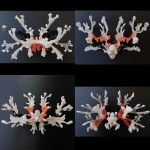

](https://images.ai-img.art/thumbnails/150/495da3d67f888cb2b29451be79caa418d737872bfbbc448175517c57d56faa70.webp)
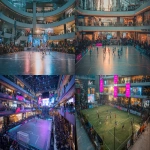


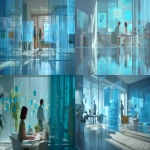

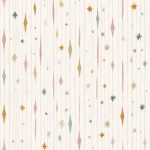
](https://images.ai-img.art/thumbnails/150/beaaf2af72d3537d73c8c13d4ec66e4bd9510305c07f8730f4fff14fa5183be3.webp)

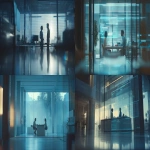
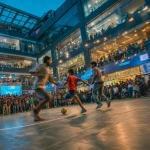
](https://images.ai-img.art/thumbnails/150/d8894e26ccb3647944df1b58cd702ee0f808a589c49cf840bdc180ef591d8b01.webp)
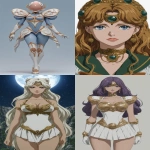


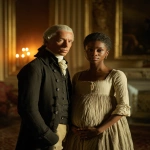
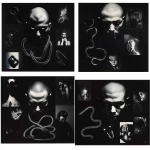
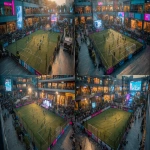
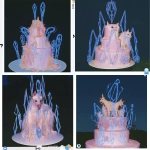


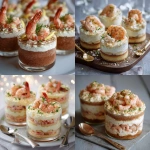
](https://images.ai-img.art/thumbnails/150/f6821b2644e015cea7d1e826f8b3baf4c8c4698897d46869e6e61bcc59b070a3.webp)

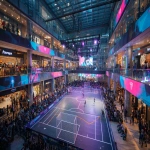
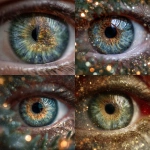
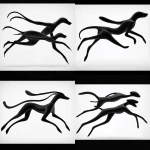

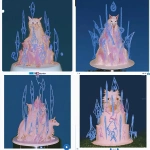
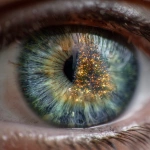
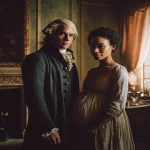

](https://images.ai-img.art/thumbnails/150/03913d58cd48bd2c88b0cabd5338b3a738d9b391a6bef375ae801221036f1642.webp)
